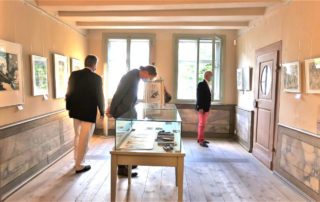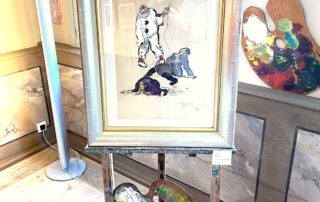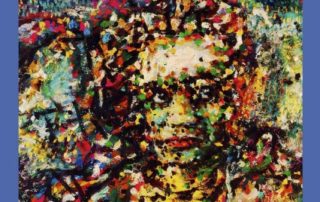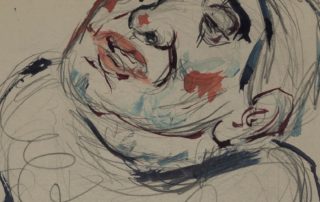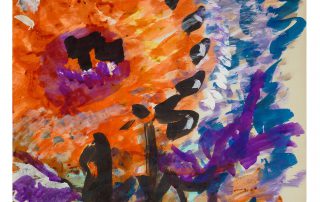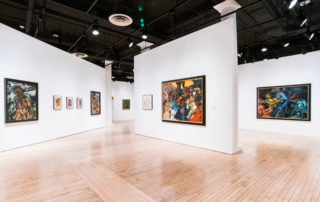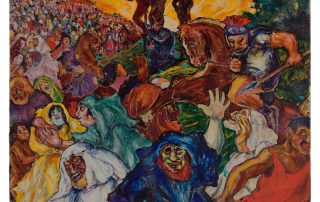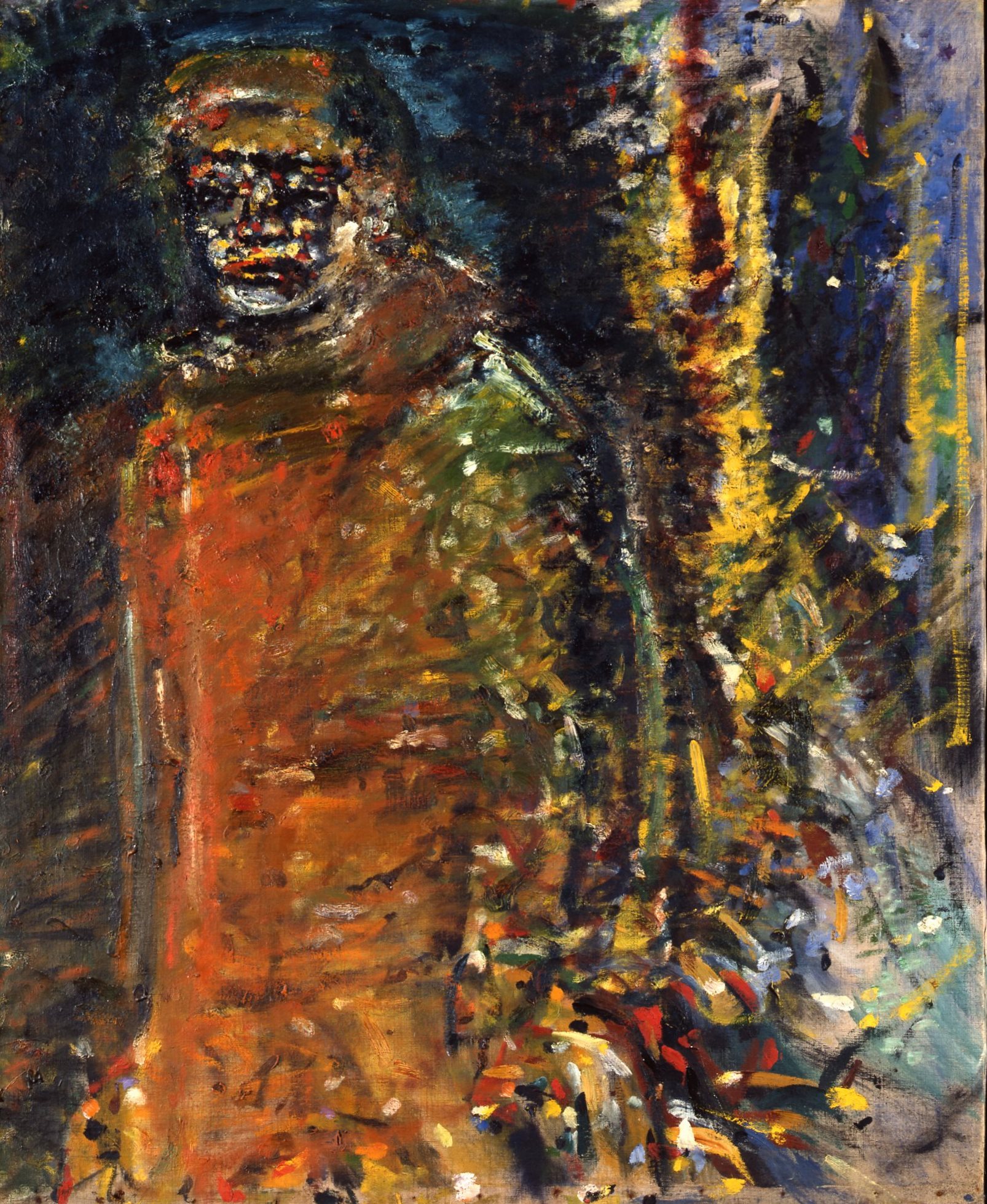Kunstpause
Guided Tour through the Exhibition
“The Loner. Clowns in the Art of Fritz Ascher”
by Curator Julia Diekmann, Höxter (Germany)
Exhibition curator Julia Diekmann guides through the exhibition. Whether in dramatic context or as individual figure, the clown always plays the role of the outsider, of the one opposite the many. He is laughed at and ridiculed, is the fool, despised, and humiliated, always operating from the margin. In Ascher’s work, the figure of the clown, the Bajazzo, appears first around 1916. It becomes a lifelong interest, expressed in paintings, drawings, lithographs and poems. Based on the opera I Pagliacci by Ruggero Leoncavallo (1857-1919), which was popular in the 1920s, Ascher creates both dramatic scenes of the tragic love burlesque and studies of the Bajazzo, the Pagliaccio or clown as a single figure. The intensity in the artistic expression of the figure, [...]


